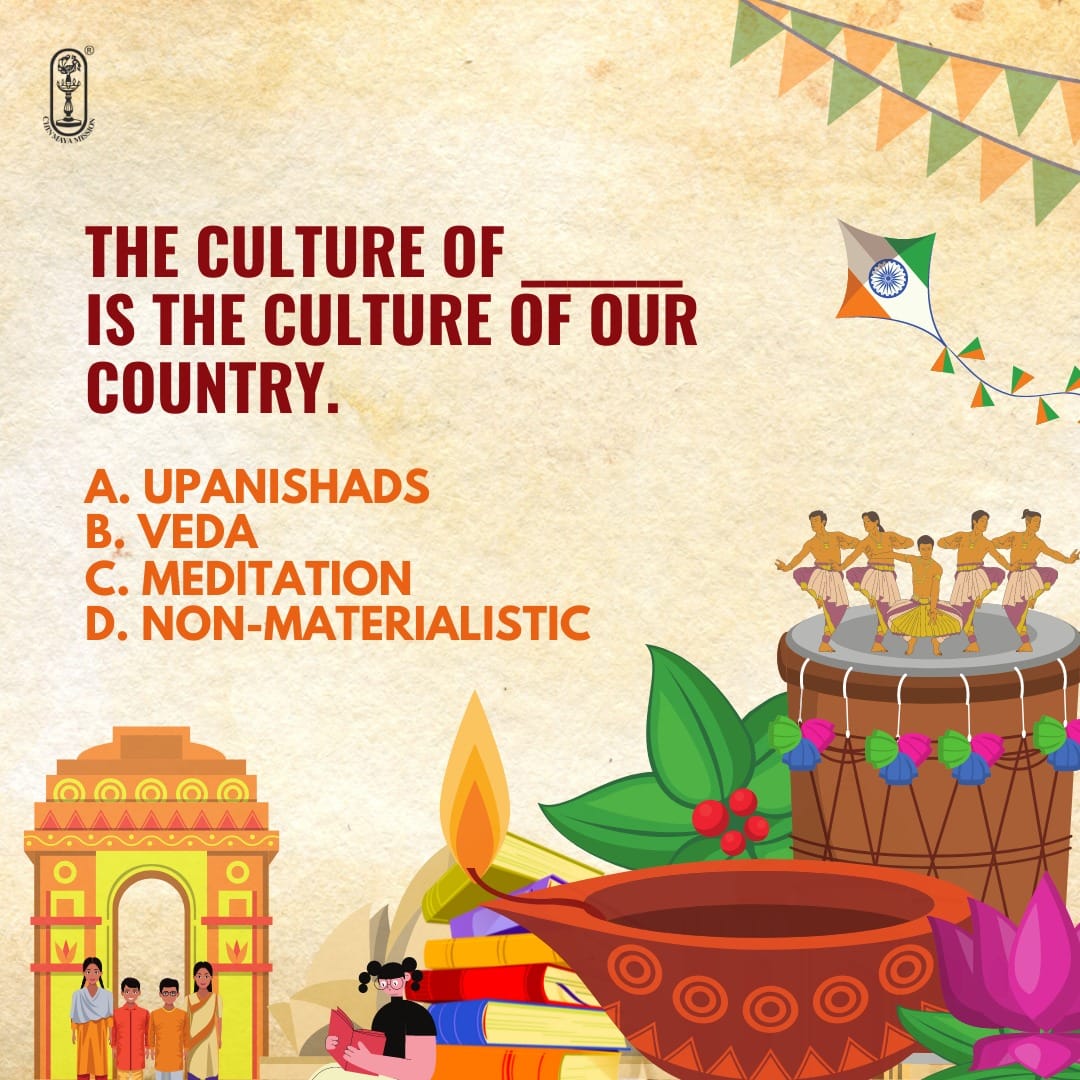Avatars, Prophets and Gurus :
To,
All Members,
The sense-bound mind and intellect of humanity always finds it difficult to relate to the abstract, the unseen. It is therefore difficult to direct focus, attention and devotion to the Absolute, particularly in the early stages of the process, when we remain deeply enmeshed in the material world and the objects of the senses. All learning starts from what is near and palpable and moves over time to those things which are further away and thus less tangible to our senses. We see then the necessity for the type of intermediaries that arise to help us focus attention and to guide us toward the spiritual realisations.
We see these intermediaries throughout the world’s various religious traditions as Prophets, Seers, Incarnations of God, World-Teachers and Gurus, or guides. Moses, Christ, Buddha, Zoroaster, Mohammed, Confucious, Lao Tzu, Krishna are just a few of those who illustrate this for us. Unnamed are the innumerable teachers who, having tread the path of the spirit, take on one or several disciples and help them along the way. Sri Aurobindo points out ” The Hindu discipline of spirituality provides for this need of the soul by the conceptions of the Ishta Devata, the Avatar and the Guru.”
Individual seekers respond sometimes to the more abstract forms such as the Avatars, but at other times, it becomes clear they need the kind of personal attention and guidance provided by the living example, the Teacher or the Guru. “For it is only the few who can make the past Teacher and his teaching, the past Incarnation and his example and influence a living force in their lives. For this need also the Hindu discipline provides in the relation of the Guru and the disciple. The Guru may sometimes be the Incarnation or World-Teacher; but it is sufficient that he should represent to the disciple the divine wisdom, convey to him something of the divine ideal or make him feel the realised relation of the human soul with the Eternal.”
The relation between Guru and disciple can be one of leading by example, by personal influence, or by moral guidance; and it may involve a method of helping provide insight and understanding of the path and its many challenges to the seeker. In some cases it seems there is a karmic relationship or bond which lets the Guru and the disciple recognise one another, as we saw in the case of Milarepa and his Guru Marpa. Some traditions point out that the silent inner activation of the spiritual influence is more important than the outer form of the teaching, and some remind us that making the teaching real and alive, “activating” the teaching within the disciple, is the true and deepest role of the Guru.
We thus see a long tradition and history of intermediaries who are there to encourage, exemplify and enliven the spiritual teaching for the next generation of seekers. They play an important, even essential role, given the li
Sri Aurobindo





Comments